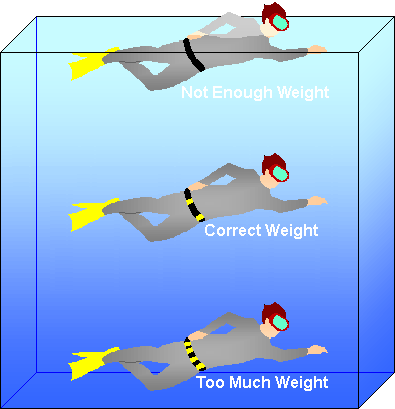Projectiles in Water Sports: How Buoyancy Affects Trajectory

Projectiles in Water Sports: A Deep Dive into Buoyancy’s Influence on Trajectory
Water sports, from the graceful arc of a kayaker’s paddle to the explosive launch of a waterskier, are a captivating dance between human skill and the physics of fluids. Central to this dance is the projectile – anything launched or propelled through the water – and its interaction with buoyancy, a force that dramatically alters its trajectory compared to its airborne counterpart. This article explores the fascinating complexities of projectile motion in water, focusing on how buoyancy subtly yet significantly reshapes the paths of these aquatic missiles.
Beyond Air Resistance: The Buoyant Bullet
Unlike projectiles moving through air, those in water encounter a far more viscous and dense medium. Air resistance, while impactful, pales in comparison to the drag forces exerted by water. However, water’s unique properties introduce another critical player: buoyancy. Archimedes’ principle dictates that an object immersed in a fluid experiences an upward buoyant force equal to the weight of the fluid displaced. This force, often ignored in terrestrial projectile motion calculations, becomes paramount underwater.
Consider a simple example: a thrown rock. In air, its trajectory is a parabola dictated by gravity and air resistance. In water, however, the rock experiences an upward buoyant force counteracting gravity. This alters the parabolic curve, making the trajectory less pronounced, potentially even resulting in a shorter range if the buoyant force is significant relative to the rock’s weight.
The degree of this alteration depends on several factors:
-
Object Density: A dense object (like a lead weight) will experience a smaller buoyant force relative to its weight than a less dense object (like a buoy). The denser the object, the closer its underwater trajectory will resemble its airborne counterpart.
-
Object Shape: Hydrodynamic shape plays a crucial role. A streamlined object will encounter less drag, allowing it to travel further. A less streamlined object will experience greater drag, shortening its range. Buoyancy’s effect will be more pronounced on objects with larger surface areas.
-
Water Density: The density of the water itself impacts the buoyant force. Saltier water, for instance, is denser, providing a greater buoyant force. This means projectiles will travel shorter distances in saltier water, all else being equal.
Case Studies: From Kayaks to Cannonballs (Almost)
Let’s examine specific water sports to illustrate these principles:
1. Kayaking: The paddle, acting as a projectile, propels the kayak forward. The blade’s submerged portion experiences a buoyant force that affects its trajectory and the power transfer to the water. A skilled kayaker leverages this interaction, adjusting their stroke to maximize propulsion and minimize wasted energy.
2. Waterskiing: The ski itself experiences substantial buoyant forces, influencing its stability and ability to plane across the water’s surface. The skier’s launch and trajectory, though primarily driven by the boat’s tow rope, are affected by the interplay between the ski’s buoyant force and the drag exerted by the water.
3. Spearfishing: The spear, a projectile aimed at underwater prey, is subject to the combined effects of drag, buoyancy, and water resistance. Its trajectory is significantly altered compared to a similar projectile fired in air. Experienced spearfishers account for these factors, adjusting their aim to compensate.
| Water Sport | Projectile | Buoyancy’s Impact |
|---|---|---|
| Kayaking | Paddle Blade | Affects stroke efficiency and propulsion |
| Waterskiing | Waterski | Influences planing, stability, and launch |
| Spearfishing | Spear | Significantly alters trajectory and accuracy |
| Underwater Hockey | Puck | Impacts speed, trajectory, and player control |
The Future of Aquatic Projectiles
Understanding the interplay between buoyancy and projectile motion is crucial not only for enhancing athletic performance in water sports but also for developing more efficient underwater vehicles and technologies. Future research into this area could lead to innovations in propulsion systems, underwater robotics, and even novel approaches to underwater construction and exploration. The seemingly simple act of launching something into water unveils a world of intricate physics that continue to fascinate and challenge researchers and athletes alike.

